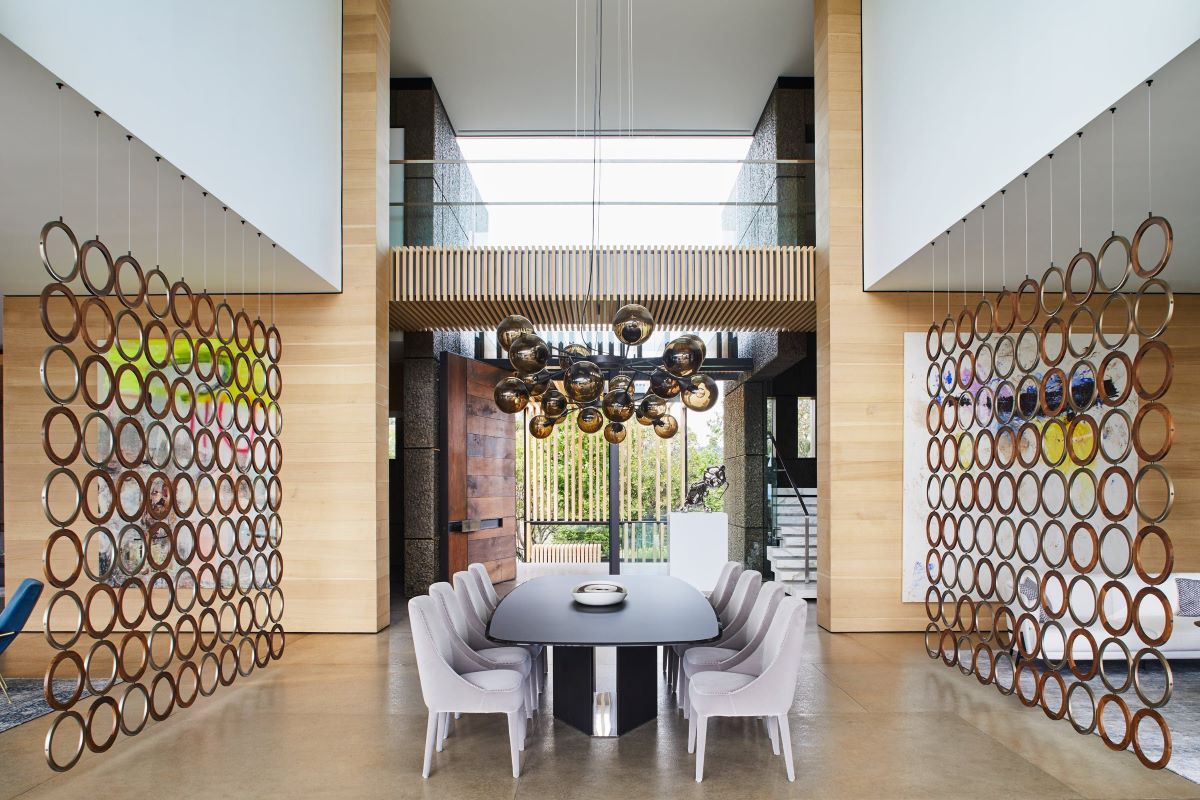

Articles
How To Design Your Dining Room
Modified: October 20, 2024
Learn valuable tips and tricks for designing an exquisite dining room with our informative articles. Enhance your space with expert guidance and create a stylish and functional area.
(Many of the links in this article redirect to a specific reviewed product. Your purchase of these products through affiliate links helps to generate commission for Storables.com, at no extra cost. Learn more)
Introduction
Your dining room is more than just a place to eat; it’s a gathering space for family and friends to come together and share meals, conversations, and laughter. As such, designing your dining room is not merely about aesthetics, but also about creating a comfortable and inviting atmosphere.
In this article, we will guide you through the process of designing your dining room, from determining its purpose and style to selecting the right furniture, choosing a color scheme, considering lighting options, adding accessories and decor, optimizing the layout, and adding the finishing touches.
By following these steps and implementing your personal style, you can create a dining room that reflects your taste and enhances the overall aesthetic of your home.
Whether you’re starting from scratch or looking to revamp your existing dining space, this article will provide you with actionable tips and recommendations to transform your dining room into a stylish and functional area that you and your guests will love.
So, let’s dive in and discover how to design your dining room!
Key Takeaways:
- Designing a dining room involves determining its purpose and style, choosing the right furniture, selecting a color scheme, considering lighting options, adding accessories, optimizing layout, and adding finishing touches. It’s a creative process that reflects personal taste and enhances the dining experience.
- The final touches, such as stylish storage, window treatments, thoughtful table settings, personal touches, fresh greenery, layered lighting, statement artwork, scented candles, and music, complete the design of a beautiful dining room. These details add sophistication and warmth, creating a space for memorable meals and gatherings.
Read more: How To Design Your Dining Room
Step 1: Determine your dining room’s purpose and style
Before embarking on the design journey, it’s important to first determine the purpose and style of your dining room. Ask yourself how you envision using the space. Is it primarily for formal dining, hosting dinner parties, or casual family meals? Understanding the intended use of the room will guide your design choices.
Once you’ve clarified the purpose, consider the desired style for your dining room. Do you prefer a traditional, rustic, modern, or eclectic look? Understanding your preferred style will help you select furniture, colors, and accessories that align with your vision.
When determining the style, take into account the existing decor and architecture of your home. You may want to create a cohesive theme that flows seamlessly with the rest of your house, or you could opt for a statement dining room that stands out with its unique style.
For those who are unsure of their preferred style, don’t be afraid to mix and match elements from different styles to create a personalized and unique dining room. Combining modern furniture with vintage accents or incorporating bold colors in a minimalistic space can add interest and personality.
Consider creating a mood board or collecting inspiration from interior design magazines, websites, and social media platforms to help you visualize the style you want to achieve. This will serve as a reference point and make future design decisions easier.
Remember, your dining room should not only look appealing but also feel comfortable and function well. So, while determining the purpose and style, keep in mind the practical aspects of the room, such as the number of people you’ll typically host, the available space, and any specific needs or preferences you may have.
Once you have a clear idea of the purpose and style of your dining room, you can move on to the next step of the design process: choosing the right furniture.
Step 2: Choose the right furniture
The furniture you choose for your dining room is not only a functional necessity but also a significant design element that sets the tone for the entire space. When selecting furniture, consider both style and functionality.
Start by measuring the dimensions of your dining room to ensure that your furniture fits comfortably within the space. Take into account the shape of the room and any architectural features, such as windows or doorways, that may impact the placement of furniture.
For a formal dining room, a traditional dining table with matching chairs may be the ideal choice. Look for a table that accommodates the number of people you plan to host regularly and consider options with extension leaves for added flexibility.
If you prefer a more casual or versatile setup, consider a dining table with bench seating or mix and match different styles of chairs. This can add an eclectic and personalized touch to your dining room.
In terms of material, consider the overall style and maintenance requirements. Wood is a popular choice for a timeless and classic look, while glass or metal can lend a more modern and contemporary feel. Upholstered chairs can add comfort and a touch of luxury, but keep in mind they may require more frequent cleaning or maintenance.
Alongside the dining table and chairs, consider additional furniture pieces such as a buffet, sideboard, or hutch for storage and display. These pieces not only provide functional storage for items like dinnerware and linens but also add depth and visual interest to the room.
When selecting furniture, don’t forget about comfort. While style is important, remember that you and your guests will be spending time sitting at the dining table, so choose chairs with supportive backs and comfortable cushioning if possible.
Lastly, consider the flow and arrangement of furniture. Leave enough space around the table for easy movement, and ensure that chairs can be comfortably pulled out without obstructing other furniture or pathways.
By carefully selecting the right furniture for your dining room, you can create a cohesive and visually appealing space that meets your style preferences and functional needs. In the next step, we’ll explore how to select a color scheme to further enhance your dining room’s design.
Step 3: Select a color scheme
The color scheme you choose for your dining room can greatly impact its overall ambiance and visual appeal. It sets the mood and creates a cohesive look that ties all the elements together. When selecting a color scheme, consider the style of your dining room, the desired atmosphere, and your personal preferences.
Start by analyzing the existing elements in the room, such as the flooring, furniture, and any architectural features. Take note of their colors and patterns and see if there is a dominant color that you’d like to incorporate into the overall scheme.
If you’re aiming for a formal and elegant dining room, consider classic color combinations such as shades of white, cream, and gold. These colors create a sophisticated and timeless atmosphere. Pair them with rich wood tones for a luxurious touch.
For a more modern and contemporary look, experiment with bold and vibrant colors, or opt for a monochromatic scheme with shades of grey or blue for a sleek and minimalist feel. This can be complemented with pops of color through artwork, accessories, or statement furniture pieces.
If you prefer a more relaxed and casual dining space, earthy tones like beige, brown, or muted greens can create a cozy and inviting atmosphere. These colors work well with natural materials like wood and can be paired with warm lighting for a comforting ambiance.
Consider the size of your dining room when selecting colors. Lighter hues can make a small space appear larger and more airy, while darker colors can create a sense of intimacy in larger rooms. If you’re hesitant to commit to a bold color on the walls, consider incorporating it through accent pieces or textiles.
Keep in mind that a successful color scheme is not limited to the walls; it extends to the furniture, flooring, window treatments, and accessories. Ensure that the colors work harmoniously throughout the room, creating a cohesive and visually pleasing environment.
Lastly, remember that lighting can affect how colors appear in a room. Consider whether your dining room receives natural light or if you rely on artificial lighting. Test your chosen color scheme in different lighting conditions to ensure it looks as desired.
By carefully selecting a color scheme that aligns with the style and desired atmosphere of your dining room, you can create a visually stunning space that enhances the dining experience. In the next step, we’ll explore how to consider the lighting options for your dining room.
Step 4: Consider the lighting
Lighting plays a crucial role in creating the right ambiance and enhancing the overall design of your dining room. It can set the mood, highlight focal points, and add warmth and depth to the space. When considering lighting options for your dining room, think about both functionality and aesthetics.
Start by evaluating the natural lighting in your dining room. If you’re fortunate to have abundant natural light, consider ways to maximize it. Opt for light window treatments that allow the sunlight to filter through, and position the dining table near a window to take advantage of the natural light.
If natural light is limited or you require additional lighting sources, a layered approach to lighting is recommended. This involves combining different types of lighting to achieve the desired effect.
Begin with ambient lighting, which provides overall illumination for the entire space. This can be achieved through overhead fixtures such as chandeliers, pendant lights, or recessed lighting. Consider the scale of your dining room and choose a fixture that complements the size and style of the space.
Next, incorporate task lighting, which focuses on providing light in specific areas where activities take place, such as the dining table. Pendant lights or a series of wall sconces above the table can provide targeted illumination for dining and other activities. Adjustable track lighting can also be a versatile option to highlight artwork or specific areas within the room.
Finally, don’t forget about accent lighting to create visual interest and drama. This can be achieved through the use of wall-mounted art lights, uplighting, or spotlights to highlight architectural features or decorative elements in the room.
Consider the dimming capabilities of your lighting fixtures. Dimmers allow you to adjust the intensity of the light, creating different moods to suit various occasions. This flexibility is particularly useful when hosting intimate dinner parties or setting a cozy ambiance for a romantic meal.
When selecting light fixtures, ensure they complement the style and scale of your dining room. A crystal chandelier can add elegance to a formal setting, while a sleek pendant light or a cluster of Edison bulbs can contribute to a more modern and industrial look.
Remember to consider the placement and height of the light fixtures. They should be proportionate to the size of your dining table and spaced appropriately to avoid casting shadows or causing glare.
By carefully considering the lighting options and incorporating a layered approach, you can create a well-lit dining room that highlights the design elements and sets the right mood for any occasion.
In the next step, we’ll explore how to enhance your dining room with accessories and decor.
When designing your dining room, consider the size and shape of the space to determine the best layout for your table and chairs. This will ensure a comfortable and functional dining area.
Read more: How To Decorate Your Dining Room
Step 5: Enhance with accessories and decor
Accessories and decor are the finishing touches that add personality, style, and visual interest to your dining room. They allow you to showcase your individuality and create a space that reflects your taste. When enhancing your dining room with accessories and decor, consider the following:
1. Artwork and Mirrors: Hang artwork or mirrors on the walls to add depth and visual interest. Choose pieces that complement the style of your dining room and select appropriate sizes that fit the scale of the room.
2. Textiles: Incorporate textiles such as curtains, tablecloths, and chair cushions to add texture and soften the space. Consider patterns, colors, and textures that blend well with your chosen color scheme and overall style.
3. Centerpieces and Tablescapes: Create focal points on your dining table with centerpieces and tablescapes. Fresh flowers, candles, or decorative objects can be arranged in a visually appealing manner to add a decorative touch.
4. Wall Decor and Shelving: Utilize wall space with shelves, decorative plates, or open shelving to display your favorite items. This can be a great opportunity to showcase collections or add a personal touch to the room.
5. Rugs: Add warmth and texture to your dining room with a well-chosen rug. Consider the size and shape of the room when selecting a rug, ensuring it fits under the dining table and chairs comfortably.
6. Plants and Greenery: Bring nature indoors by incorporating plants and greenery into your dining room. Not only do they add a touch of freshness, but they also contribute to a calming atmosphere.
7. Decorative Lighting: Add flair to your dining room with decorative lighting fixtures, such as wall sconces, decorative lamps, or unique pendant lights. These can be statement pieces that enhance the overall design of the room.
Remember to strike a balance between simplicity and over-accessorizing. Too many accessories can clutter the space, while too few can make the room feel bare. Choose items that you love and that contribute to the overall aesthetic.
Regularly update and refresh your accessories to keep your dining room feeling current and vibrant. Consider seasonal changes or special occasions to change or rotate decor items, allowing for new and exciting looks throughout the year.
By carefully selecting and arranging accessories and decor, you can elevate the design of your dining room and create a space that feels personal and inviting.
In the next step, we’ll explore how to optimize the layout and flow of your dining room for maximum functionality and comfort.
Step 6: Optimize the layout and flow
The layout and flow of your dining room are essential factors in creating a functional and comfortable space. Optimizing the layout ensures that movement is efficient and that the room is conducive to gatherings and conversations. When considering the layout and flow of your dining room, keep the following tips in mind:
1. Furniture Placement: Arrange the dining table and chairs in a way that allows easy movement around the room. Leave enough space between the table and walls or other furniture for comfortable seating and easy access.
2. Consider Traffic Flow: Take into account the natural traffic patterns in your dining room. Ensure that pathways are clear and unobstructed, allowing easy movement for guests and avoiding potential trip hazards.
3. Zoning: Consider dividing the dining room into specific zones or areas if you have additional space. This can include a lounge area for pre- or post-dinner conversations or a buffet or bar area for serving and display purposes.
4. Balance Function and Aesthetics: While optimizing the layout, maintain a balance between functionality and aesthetics. Ensure that the room feels cohesive and visually pleasing while still offering practicality and ease of use.
5. Account for Seating Capacity: Ensure that the dining table can accommodate the number of guests you plan to host regularly. Consider choosing extendable tables or adding additional seating options, such as benches or bar stools, for flexibility.
6. Consider the View: Take advantage of any views or focal points in your dining room. Position the table or seating areas to make the most of windows or architectural features, enhancing the overall dining experience.
7. Address Noise Control: Incorporate design elements that help control noise in the dining room, such as utilizing acoustic materials or adding area rugs or curtains to absorb sound, ensuring a more enjoyable and comfortable setting.
8. Create a Sense of Intimacy: If desired, adjust the layout to create a sense of intimacy in the dining room. This can be achieved by arranging furniture closer together or using partitions or draperies to define smaller dining spaces.
9. Consider Accessibility: Ensure that your dining room is accessible to everyone, including those with mobility challenges. Opt for furniture and features that are accommodating and make necessary adjustments to the layout accordingly.
By optimizing the layout and flow of your dining room, you can create a space that is not only visually appealing but also functional and inviting. A well-designed layout allows for seamless movement and enhances the overall dining experience.
In the final step, we’ll explore how to add the finishing touches to complete the design of your dining room.
Step 7: Add finishing touches
Adding the finishing touches is the last step in designing your dining room. These final details tie the entire space together and elevate its overall aesthetic. When adding the finishing touches, consider the following tips:
1. Stylish Storage: Incorporate stylish storage solutions such as a bar cart, a credenza, or a sideboard. This not only provides functionality but also adds an element of sophistication and visual appeal to the room.
2. Window Treatments: Dress up your windows with beautiful and functional window treatments. Choose curtains or blinds that match your style and the overall theme of the room while providing privacy and light control.
3. Thoughtful Table Settings: Pay attention to the table settings and make them visually appealing. Use beautiful tableware, placemats, and napkins that coordinate with your color scheme and style. Add fresh flowers or a centerpiece to create a focal point.
4. Personal Touches: Incorporate personal touches that reflect your personality and taste. This could be a display of cherished family photographs, artwork created by loved ones, or unique decorative objects that hold sentimental value.
5. Fresh Greenery: Bring life into your dining room with fresh greenery. Place potted plants or vases with flowers on the sideboard or windowsill. Greenery adds a touch of nature and freshness, making the environment more inviting.
6. Layer Lighting: Enhance the lighting in your dining room by layering different light sources. Combine ambient lighting, task lighting, and accent lighting to create a warm and inviting atmosphere. Install dimmer switches to change the mood as needed.
7. Statement Artwork or Mirrors: Hang a statement piece of artwork or an eye-catching mirror on one of the walls. This creates a focal point and adds visual interest to the room. Ensure that the size and scale of the piece are proportionate to the wall space.
8. Scented Candles: Add an inviting and cozy ambiance by incorporating scented candles. Choose scents that complement the style and mood you want to create in your dining room. Light them during dinner parties or special occasions.
9. Music and Sound: Set the mood by playing soft background music or ambient sounds during meals. Consider installing a sound system that allows you to control the volume and create a pleasant dining experience.
Remember, the finishing touches should reflect your style and personal preferences. They should be thoughtfully chosen to enhance the overall design and create a space that feels welcoming and comfortable.
With these final touches, your dining room design is complete. Sit back, relax, and enjoy the space you have created for memorable meals and gatherings with family and friends.
Congratulations on designing your beautiful dining room!
Conclusion
Designing your dining room is an exciting and rewarding process that allows you to create a space that is not only visually appealing but also functional and inviting. By following the steps outlined in this article, you can transform your dining room into a stylish and comfortable area where cherished moments are shared and memories are made.
Starting with determining the purpose and style of your dining room, you set the foundation for the design decisions that follow. Choosing the right furniture, selecting a color scheme, and considering the lighting options are key elements in creating a cohesive and harmonious space. Enhancing the dining room with accessories and decor adds personality and visual interest, while optimizing the layout and flow ensures ease of movement and functionality.
Adding the finishing touches completes the design, allowing you to infuse your own personal style and make the space truly yours. Whether it’s through stylish storage solutions, thoughtful table settings, or statement artwork, these details add the final layer of sophistication and warmth to your dining room.
Remember that designing your dining room is a creative process that should reflect your personal taste and style. Trust your instincts and have fun experimenting with different elements to create a space that speaks to you and enhances your dining experience.
Now, with the knowledge and inspiration gained from this article, it’s time to embark on your journey of designing and transforming your dining room. Create a space where delicious meals, heartfelt conversations, and happy gatherings take center stage. Enjoy the process, and may your dining room be a place of joy and connection for years to come.
Frequently Asked Questions about How To Design Your Dining Room
Was this page helpful?
At Storables.com, we guarantee accurate and reliable information. Our content, validated by Expert Board Contributors, is crafted following stringent Editorial Policies. We're committed to providing you with well-researched, expert-backed insights for all your informational needs.
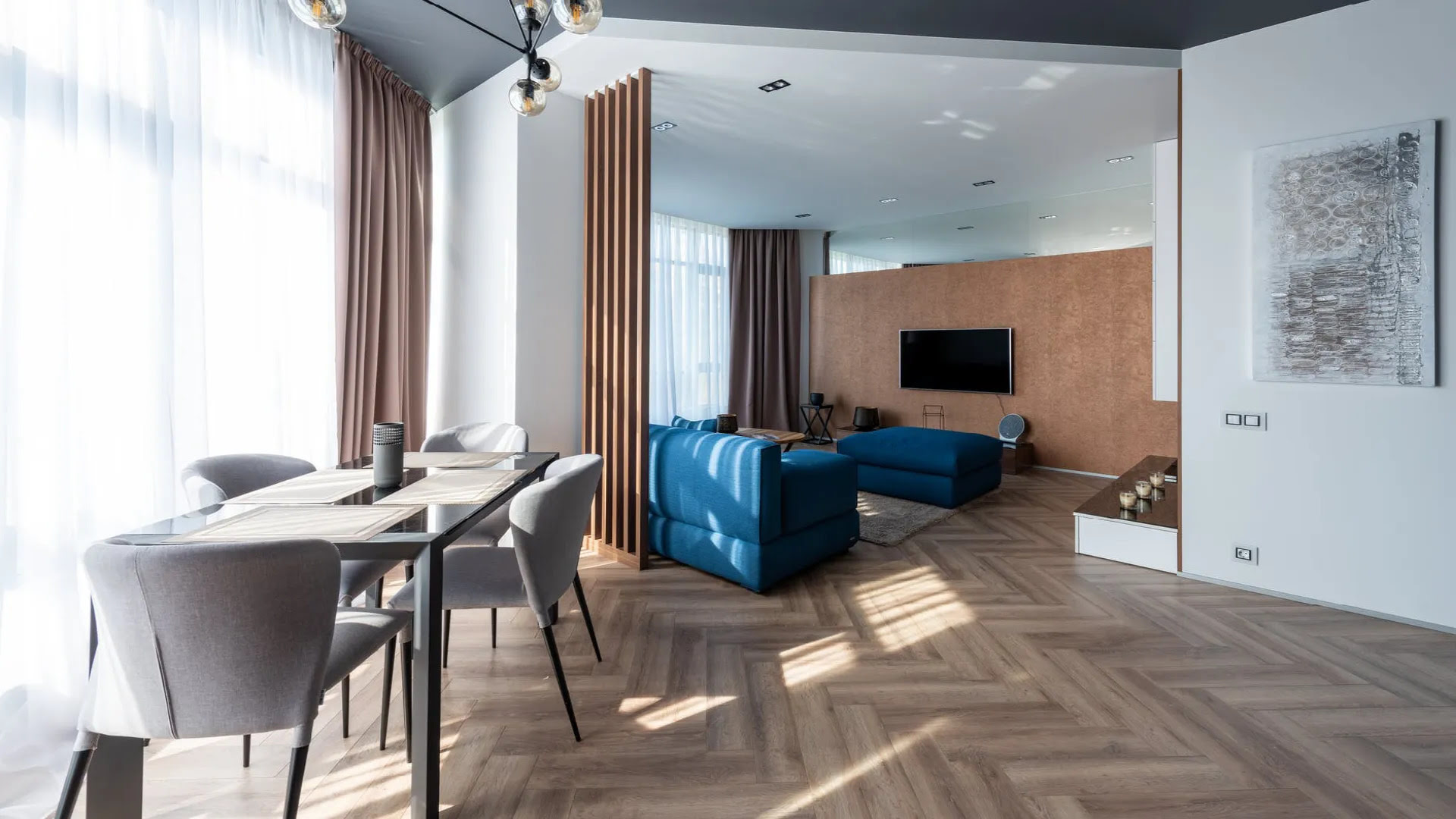
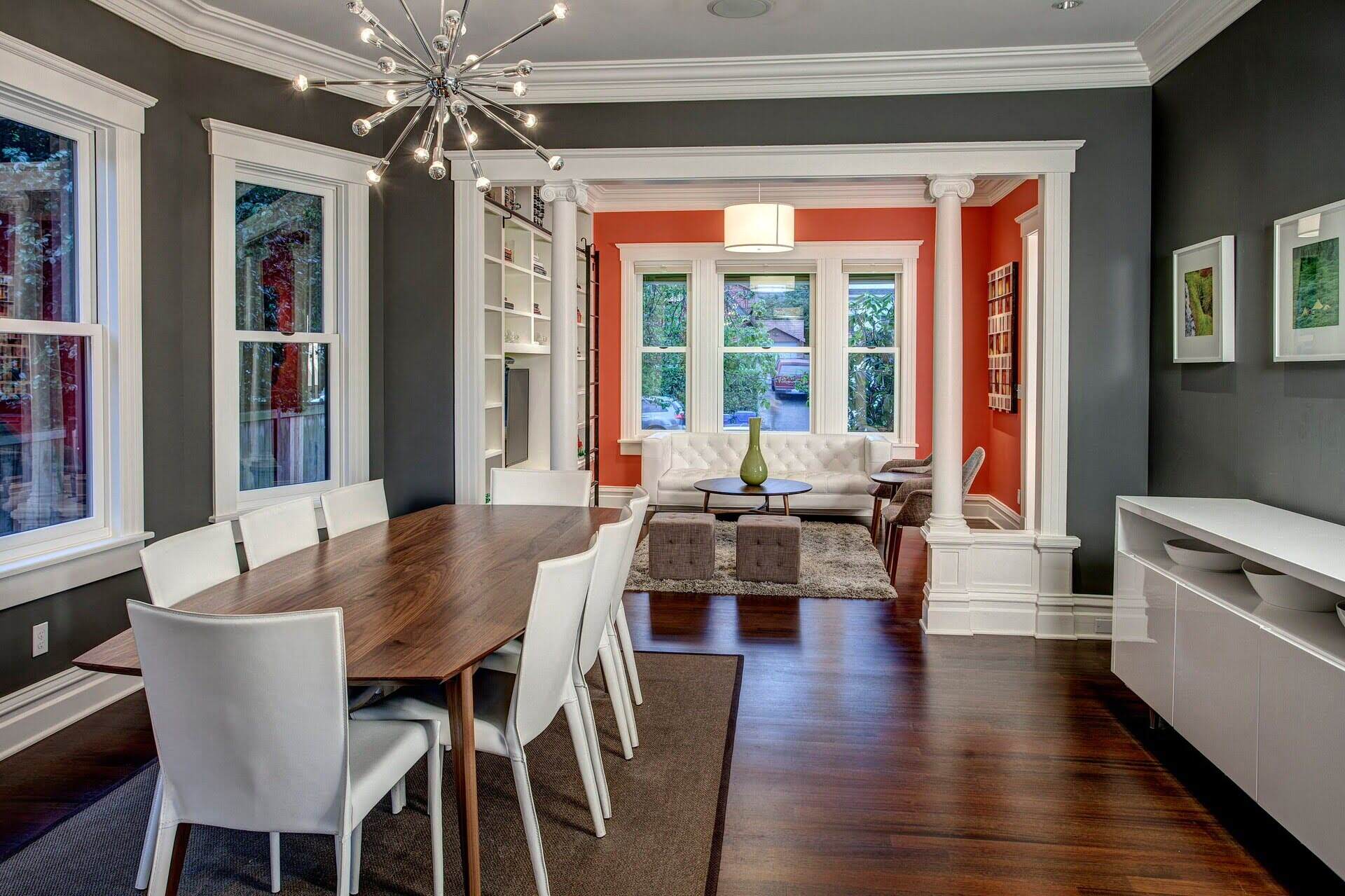
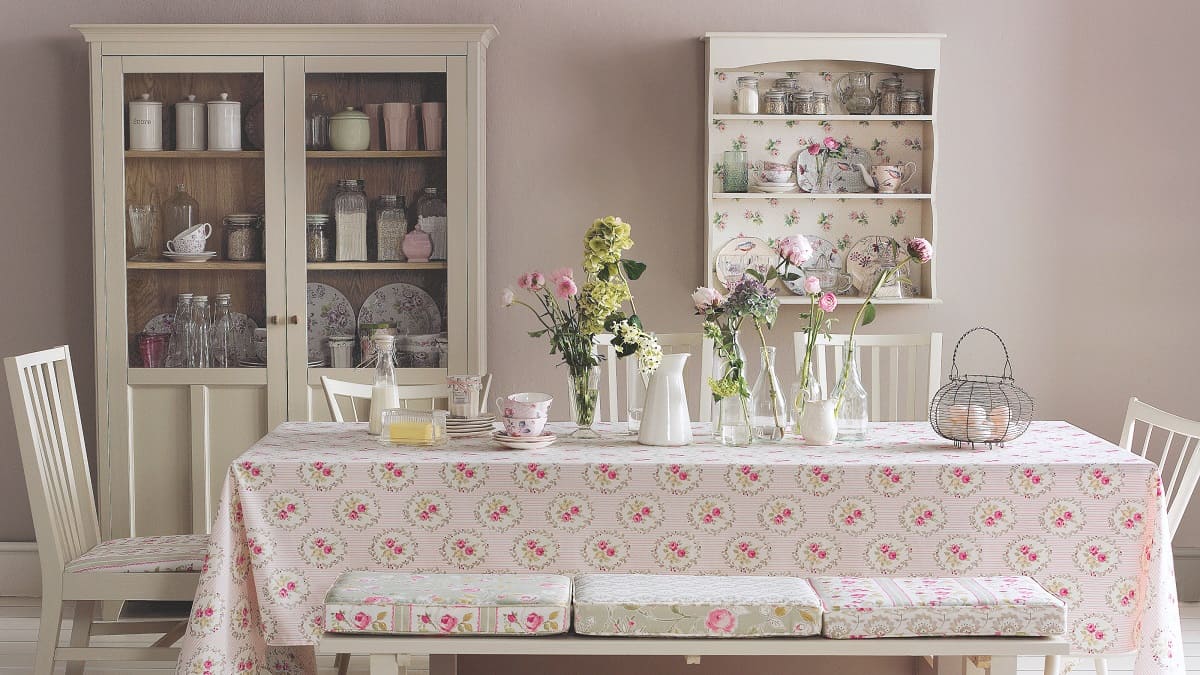
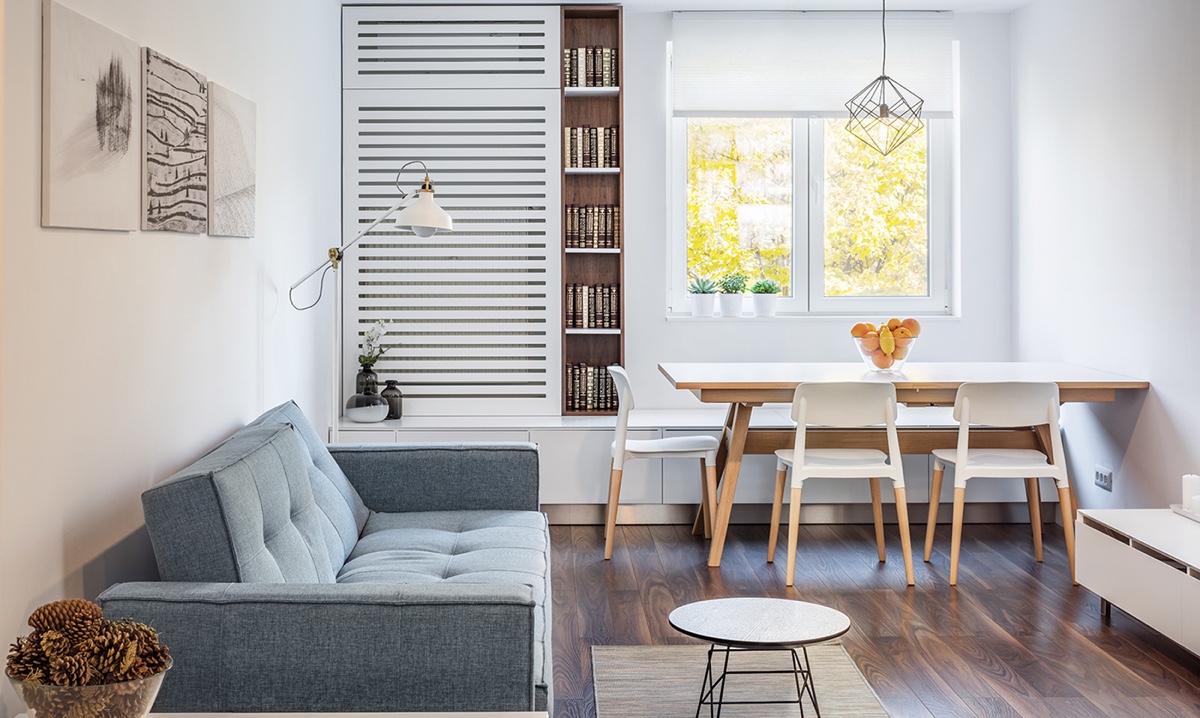
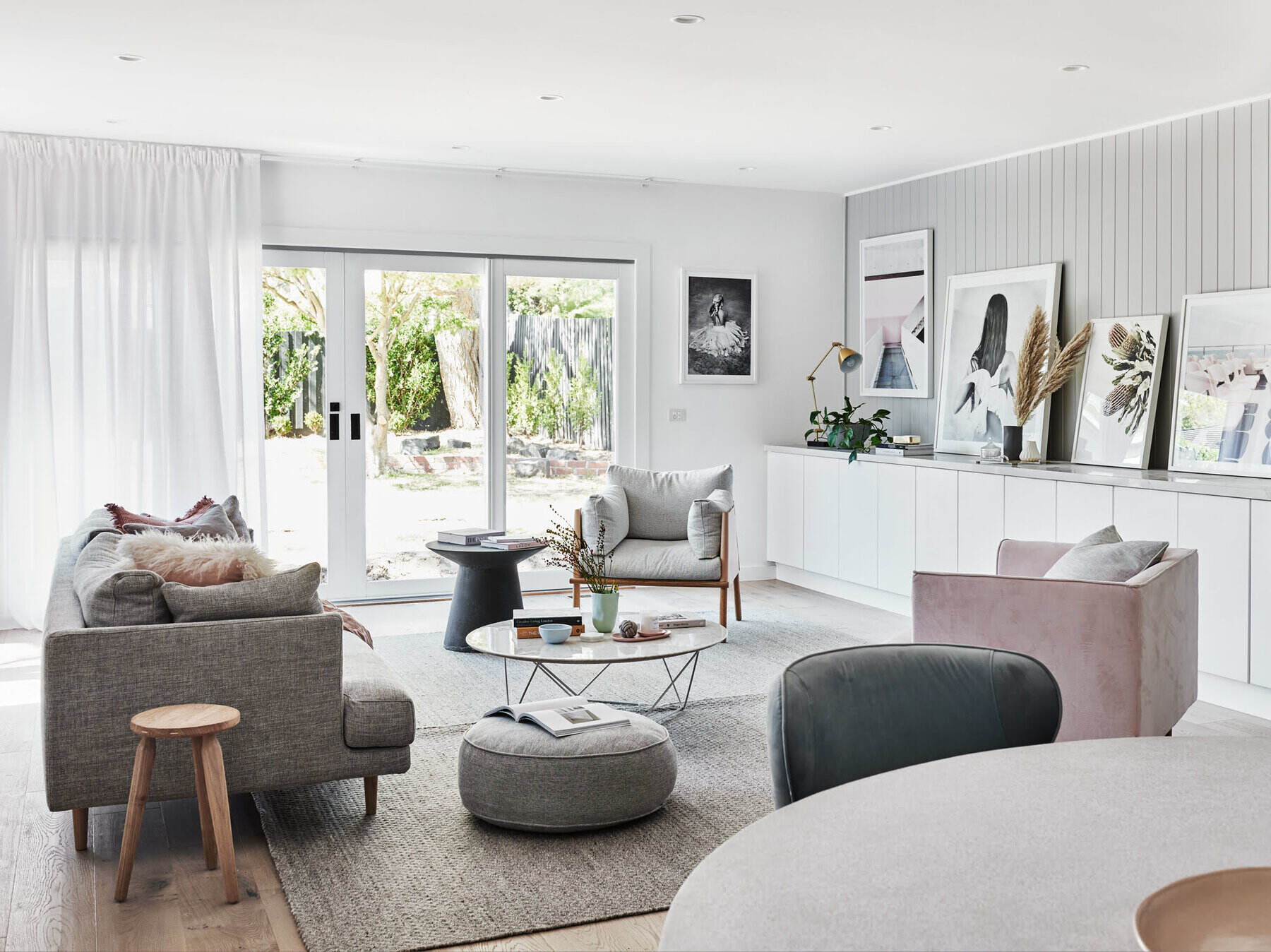
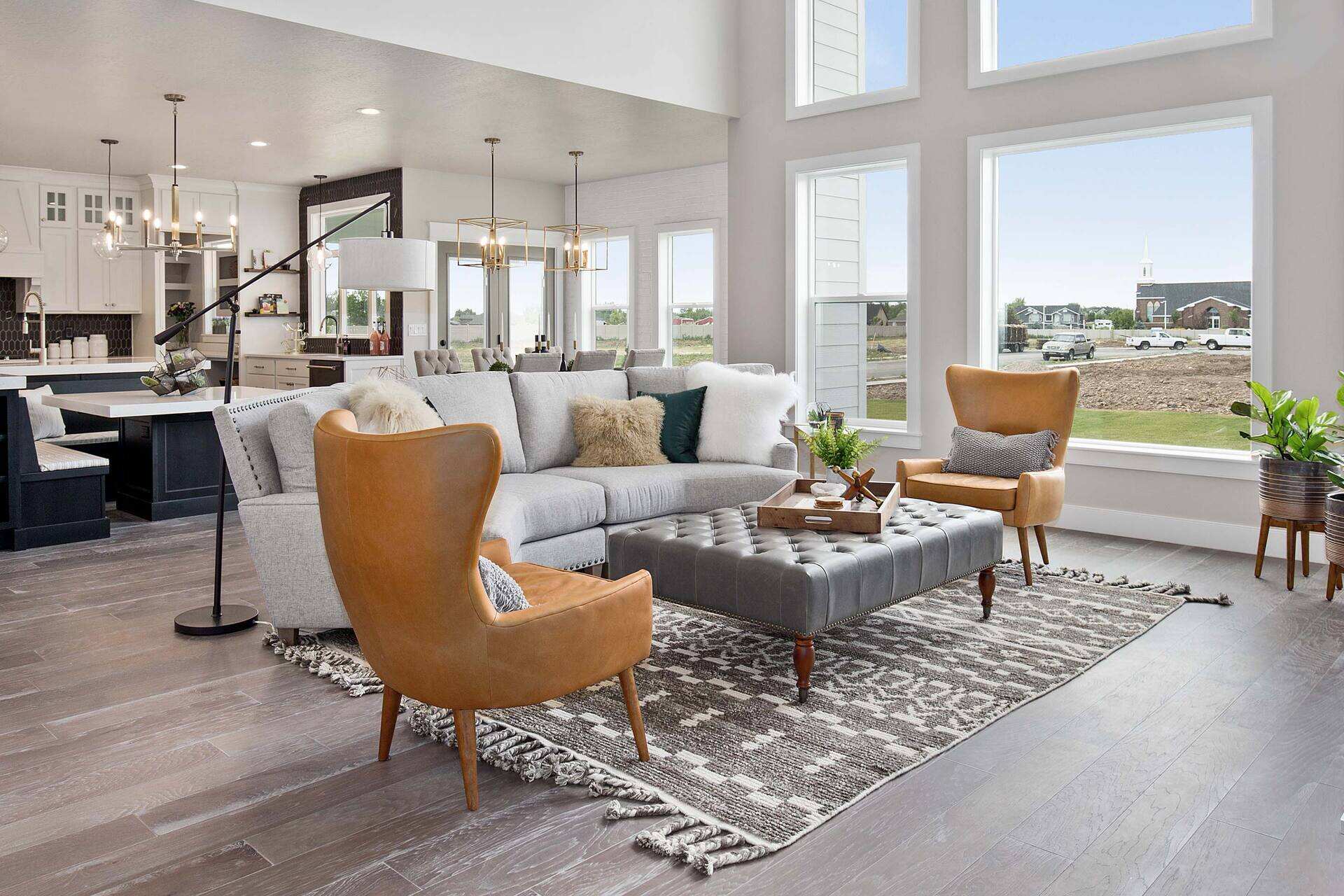

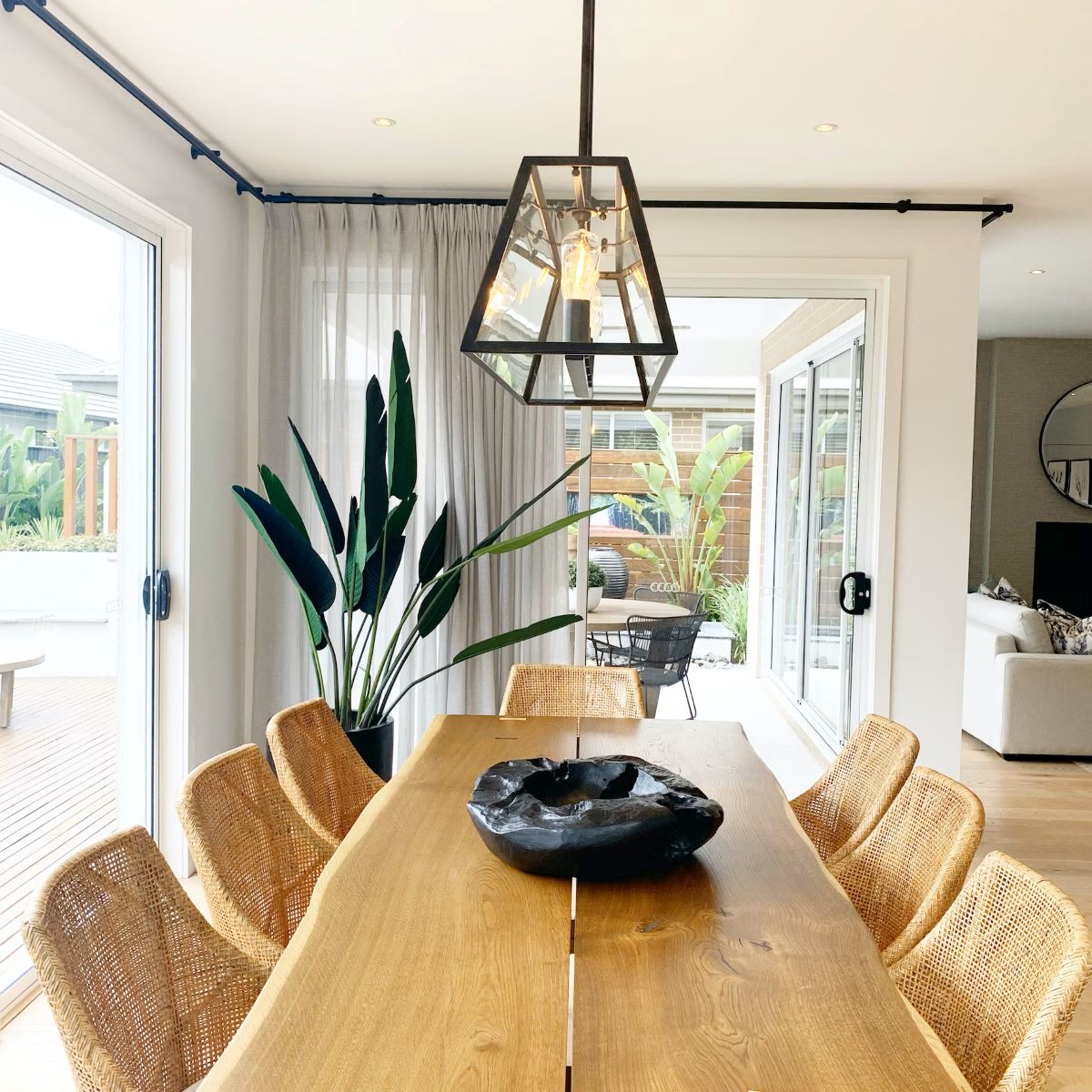
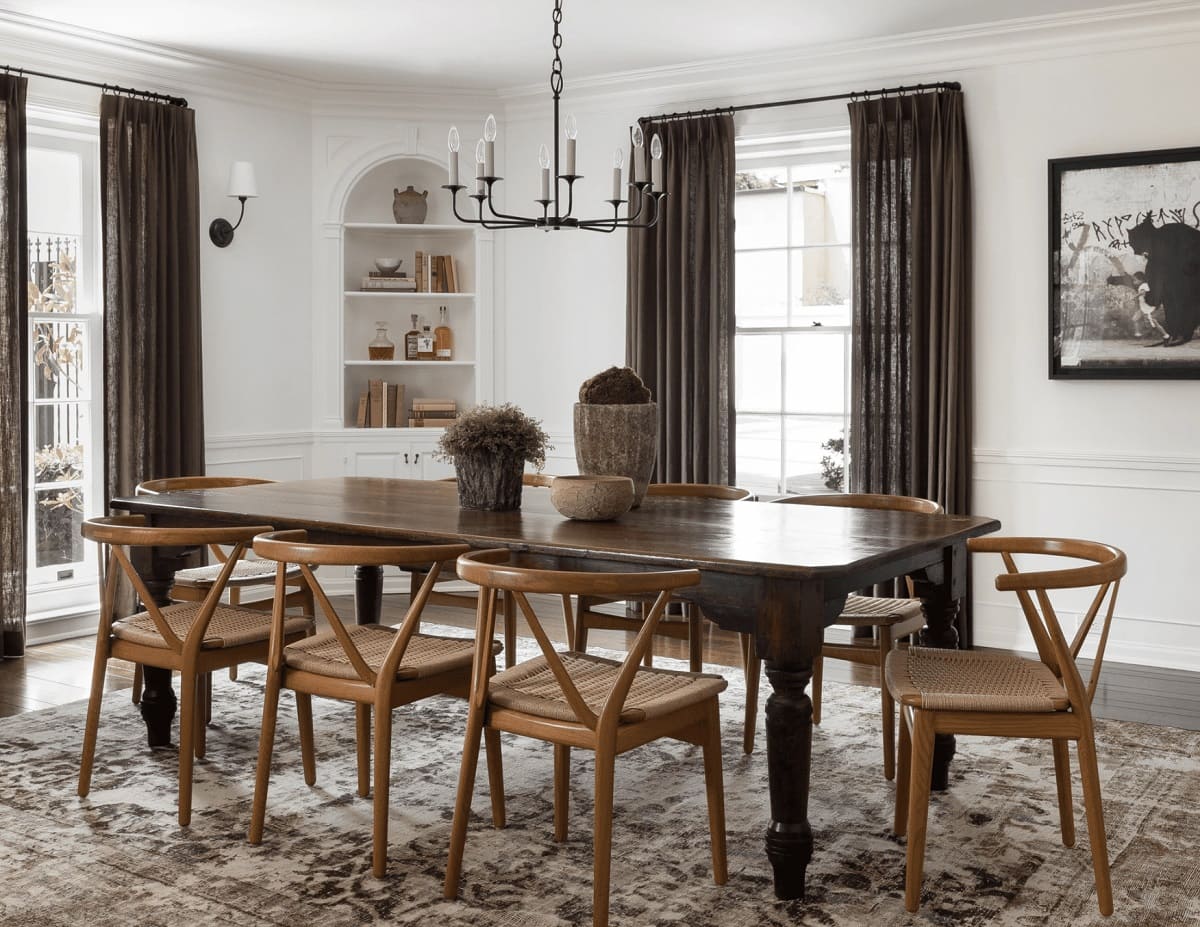
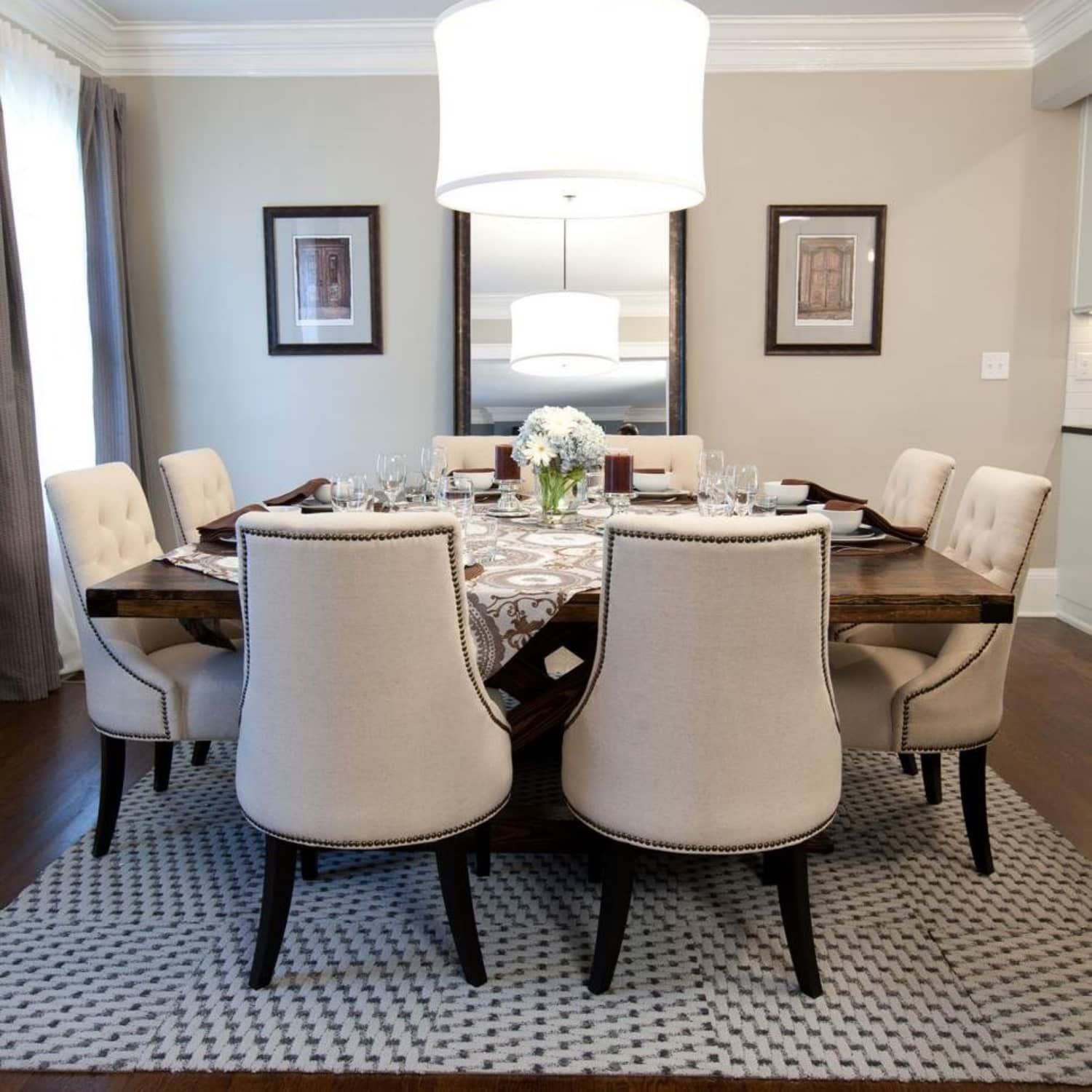
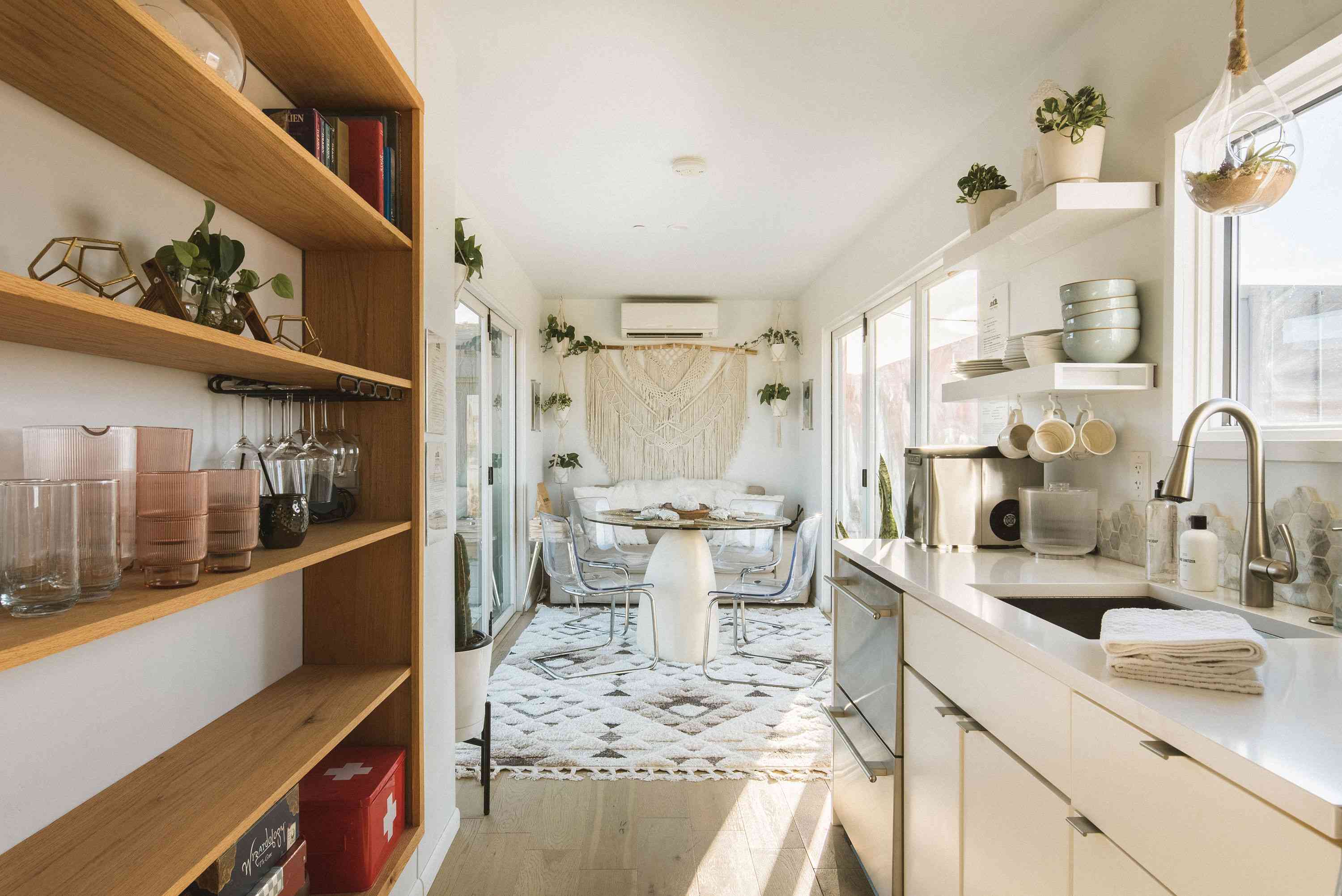
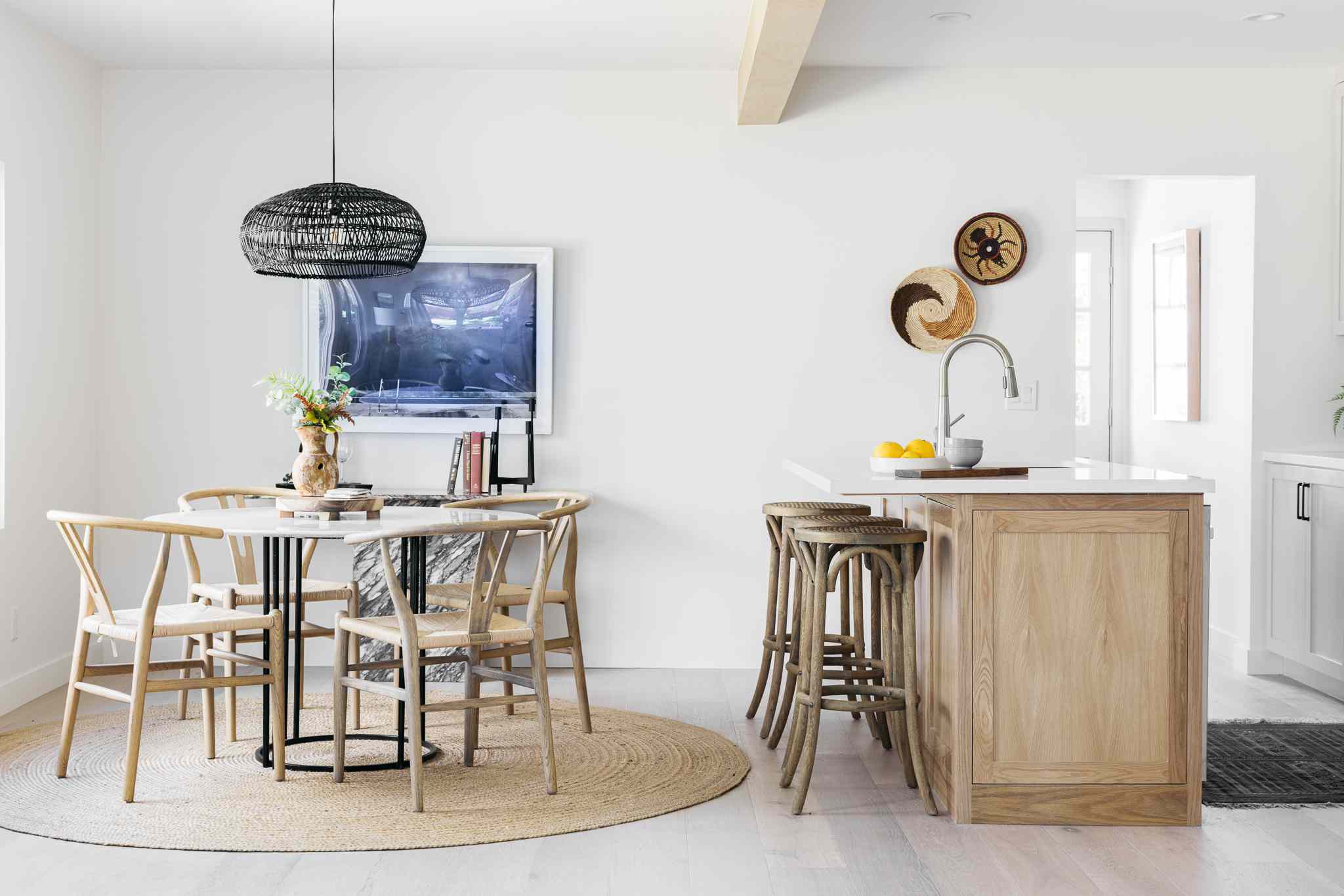

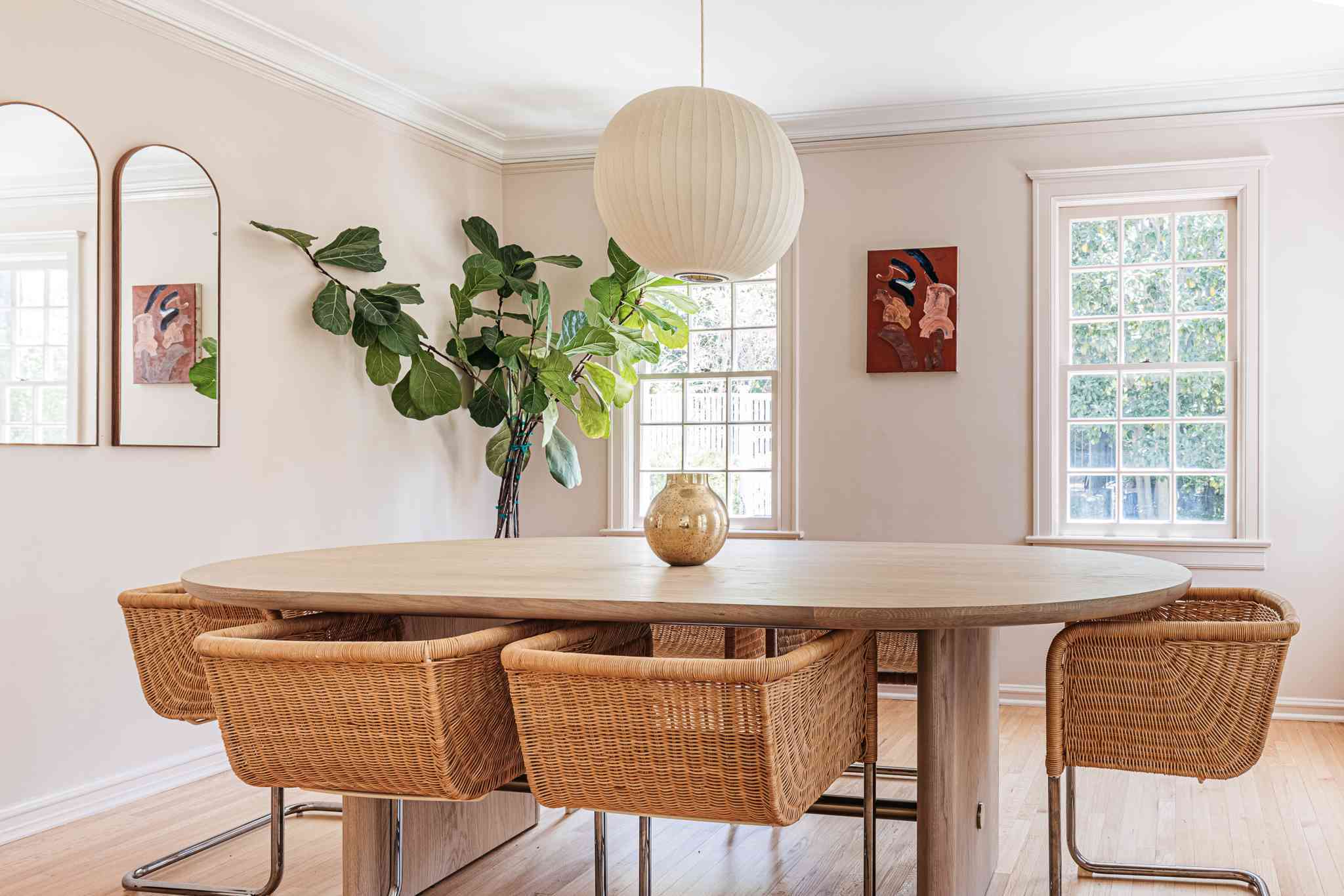

0 thoughts on “How To Design Your Dining Room”